Japandi Home Style: Transform Your Space Gracefully
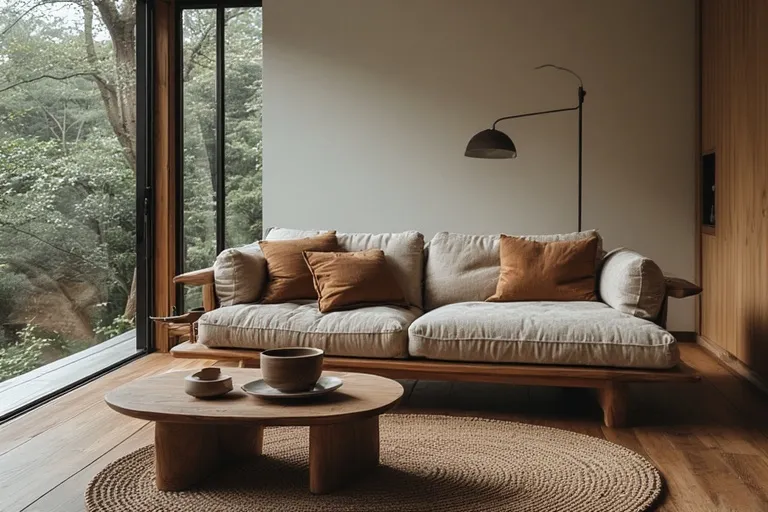
Japandi home style has become one of the most beloved global design trends, blending Japanese simplicity with Scandinavian functionality. This minimalist yet cozy aesthetic focuses on balance, harmony, and natural beauty—creating homes that feel both calming and effortlessly elegant. With its warm tones, organic textures, and clean lines, Japandi design turns every space into a serene retreat that embodies comfort and mindfulness.
What Is Japandi Design All About?
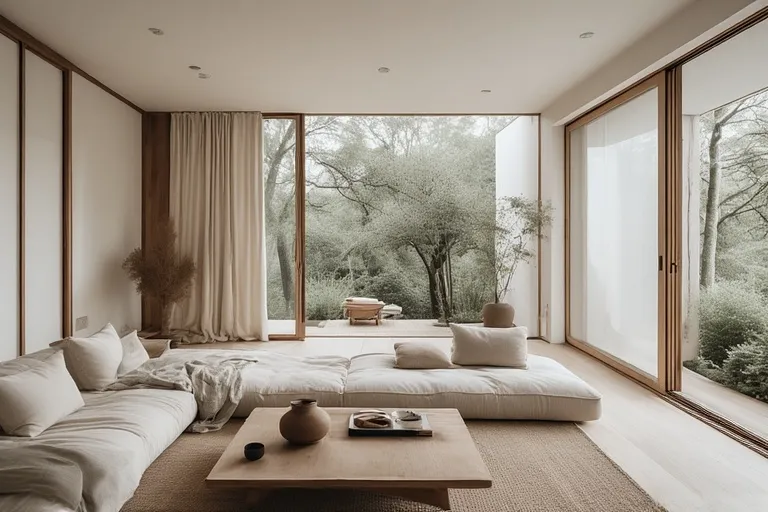
Japandi design is a unique fusion of two design philosophies — Japanese minimalism and Scandinavian comfort. Both share a love for natural materials, muted tones, and uncluttered spaces. The result is a home that feels warm yet airy, functional yet deeply peaceful.
At its heart, Japandi isn’t just a design trend — it’s a lifestyle. It encourages you to live mindfully, surround yourself with meaningful pieces, and create an environment that supports both mental and physical well-being.
The Origins of Japandi Style
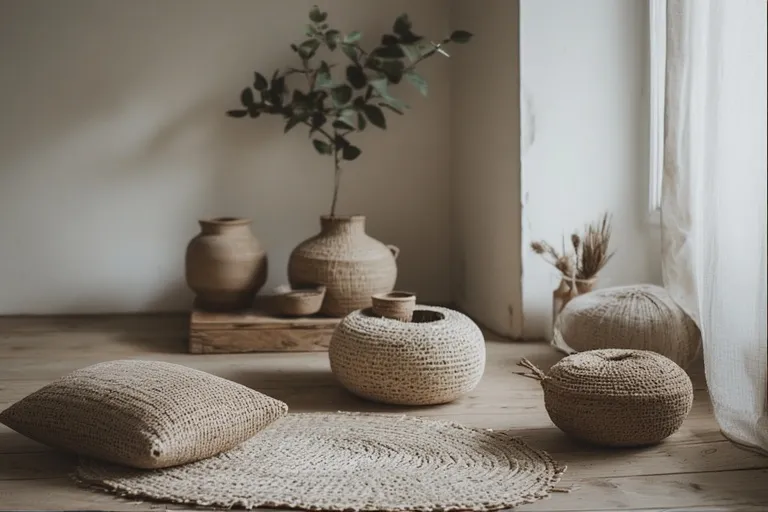
The term Japandi might be modern, but its inspiration comes from centuries-old traditions.
- Japanese influence: Rooted in wabi-sabi, the Japanese philosophy that finds beauty in imperfection, simplicity, and the natural aging process.
- Scandinavian influence: Known as hygge, a Danish concept centered on coziness, warmth, and contentment.
When these two philosophies meet, they form the Japandi aesthetic — a soothing combination of minimalism, craftsmanship, and organic living.
Elements of Japandi Home Interiors
Let’s explore the defining characteristics that make a Japandi-inspired home so calming and beautiful.
1. Minimalism with Purpose
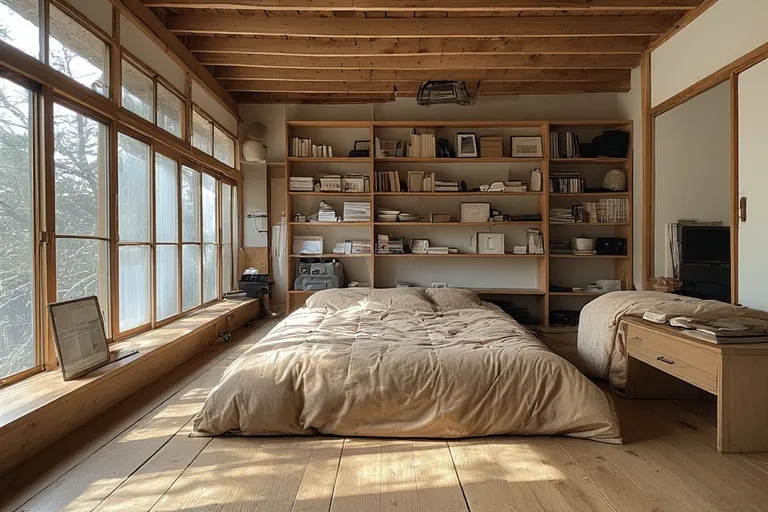
Japandi spaces avoid clutter, focusing on what truly matters. Every item has a function, a purpose, or a story. Empty space is not seen as wasted but as essential for visual peace.
2. Neutral and Natural Color Palettes
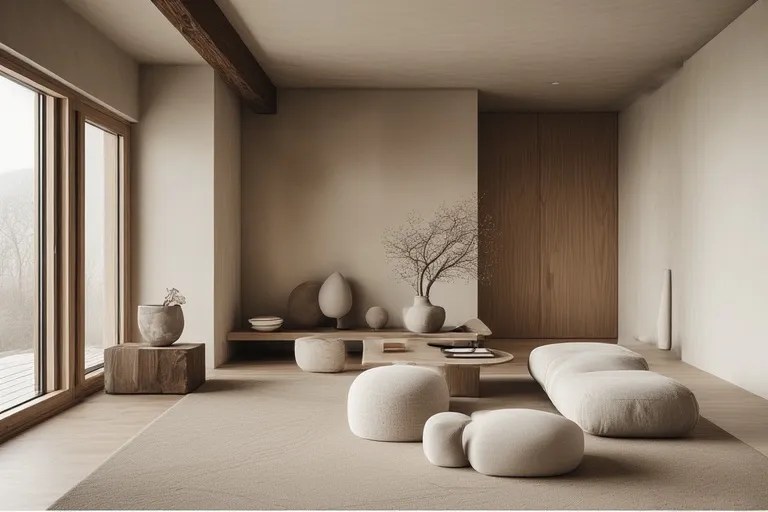
The color scheme in Japandi interiors revolves around earthy and muted tones — warm whites, soft beiges, taupes, and gentle greys — complemented by accents of natural wood and stone. This palette creates a serene, grounded feel.
3. Natural Materials
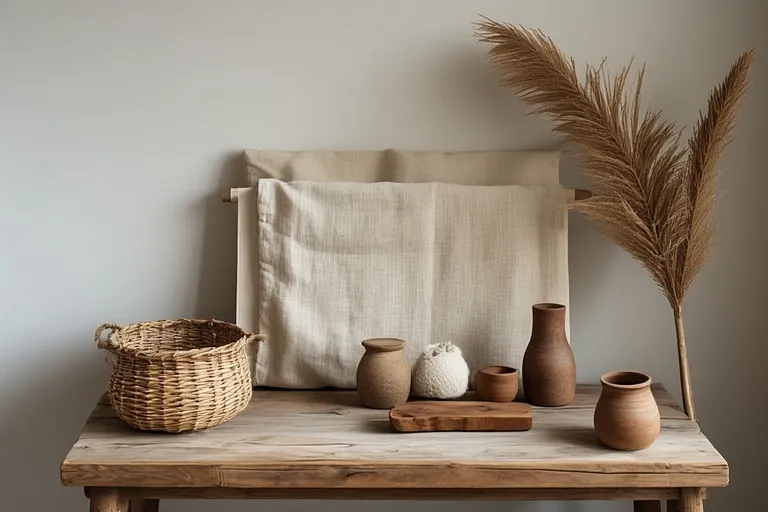
Wood, bamboo, linen, wool, rattan, and clay are staples in Japandi design. These organic materials not only add texture and depth but also connect your space to nature, enhancing a sense of calm and authenticity.
4. Quality over Quantity
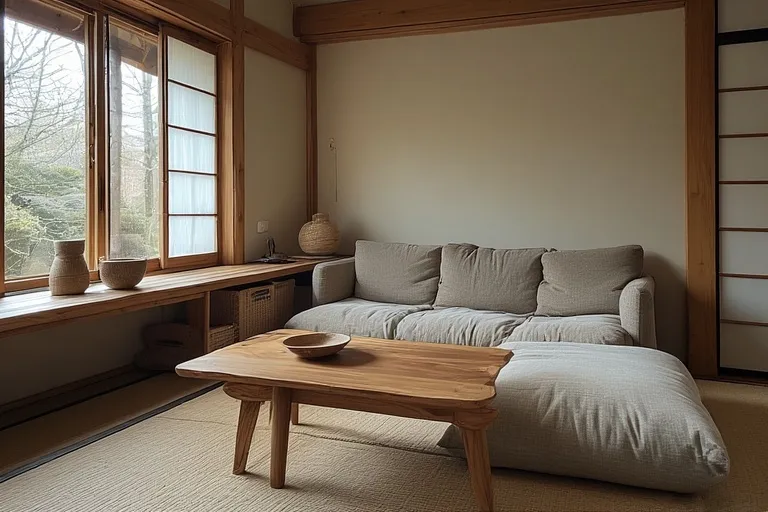
Japandi style values craftsmanship and timeless design over trends or mass production. Choose well-made, sustainable furniture pieces that can last for years rather than items that will quickly go out of fashion.
5. Clean Lines and Functional Design

Furniture and décor in Japandi homes typically feature simple, clean lines. Scandinavian design brings functionality, while Japanese design adds elegance and depth. The combination feels effortlessly sophisticated.
6. Indoor Plants and Natural Light
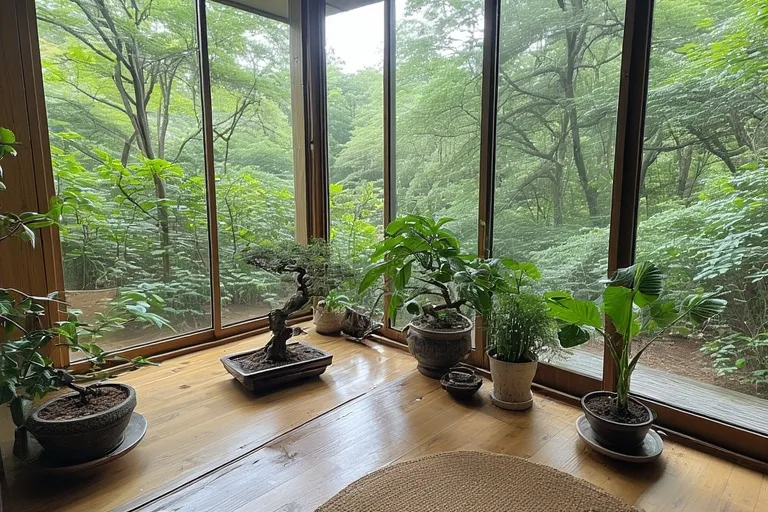
Nature plays a big role in Japandi homes. Large windows, minimal window treatments, and indoor plants like bonsai, fiddle-leaf figs, or snake plants bring in freshness and life.
Japandi Home Style in Practice
If you’re thinking of transforming your home with Japandi home style, start small and focus on balance. Here’s how you can apply it to different rooms:
Living Room
- Keep furniture low to the ground, with simple silhouettes.
- Use a neutral rug, wooden furniture, and a few carefully chosen ceramics.
- Add a cozy throw or textured pillow for softness.
Bedroom
- Choose natural bedding fabrics like cotton or linen.
- Keep décor minimal — a lamp, a few plants, and soft lighting create a tranquil retreat.
- Avoid excess furniture to maintain openness.
Kitchen and Dining
- Opt for open shelving to display simple dishware.
- Use muted tones for yellow kitchen cabinets and natural wood for countertops.
- Add woven placemats or ceramic bowls for a touch of warmth.
Bathroom
- Combine wood textures with clean tiles and soft towels.
- Keep toiletries neatly stored to avoid clutter.
- Incorporate natural scents like cedar or eucalyptus.
The Philosophy Behind Japandi Living
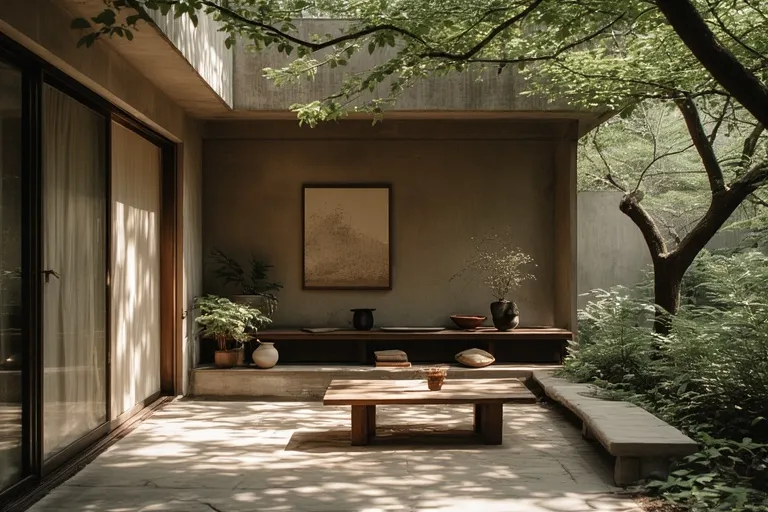
Beyond aesthetics, Japandi is about intentional living. It encourages mindfulness in how you choose, use, and appreciate what surrounds you.
- Simplicity: Choose less, but better.
- Harmony: Create spaces that flow naturally and feel cohesive.
- Calmness: Prioritize natural light, soft textures, and uncluttered surfaces.
- Sustainability: Invest in eco-friendly, long-lasting materials and products.
By embracing these principles, your home becomes a sanctuary that nourishes your spirit every day.
Balancing Function and Beauty

The magic of Japandi lies in its balance. It blends Scandinavian practicality with Japanese grace, ensuring your space feels warm yet structured, minimalist yet inviting.
A Japandi home doesn’t scream for attention — it whispers tranquility. It’s the kind of space where you can breathe, think, and simply be.
Tips to Achieve the Perfect Japandi Look
- Declutter first. Start by removing items that don’t serve a purpose or bring joy.
- Choose a neutral base. Keep walls, floors, and large furniture pieces in light, earthy tones.
- Mix materials. Combine light Scandinavian woods with darker Japanese finishes for contrast.
- Incorporate hand-crafted pieces. Whether it’s pottery, a woven rug, or a wooden bench, craftsmanship adds character.
- Bring nature inside. Use natural light, plants, and organic textures to add softness.
- Stay mindful. Every piece should feel intentional — avoid impulse décor.
Why Japandi Works in Modern Homes
In today’s fast-paced, digital world, people crave calm and simplicity. Japandi provides just that — a sense of order without sterility, beauty without excess.
It’s adaptable, timeless, and works beautifully in homes of any size. Whether you live in a small apartment or a large house, the Japandi style helps you create a space that supports both focus and relaxation
Japandi Home Style in the Modern Era
As sustainable living and minimalism continue to rise, Japandi stands out as a long-lasting trend rather than a fleeting fad. It aligns with the global movement toward mindful consumption, natural materials, and emotional well-being.
More than just décor, it’s a reflection of how we want to live — intentionally, peacefully, and authentically.
Conclusion
Japandi home style represents more than just a design trend — it’s a philosophy of living with intention, simplicity, and harmony. By combining Japanese and Scandinavian sensibilities, you create a home that balances function and beauty, calm and comfort. It’s a timeless reminder that true elegance comes from simplicity, and that peace begins right where you live.
Q1: What is Japandi home style?
A: Japandi home style blends Japanese minimalism with Scandinavian functionality for a calm, balanced interior.
Q2: What colors are used in Japandi design?
A: Japandi interiors feature neutral, earthy tones like beige, white, gray, and natural wood shades.
Q3: How do I create a Japandi-style home?
A: Keep your space clutter-free, use natural materials, and mix simplicity with cozy textures.
Q4: What materials define Japandi style?
A: Wood, bamboo, linen, rattan, and clay are key natural materials used in Japandi interiors.
Q5: Why is Japandi design so popular?
A: It’s loved for its timeless balance of simplicity, comfort, and sustainable living.

One Comment